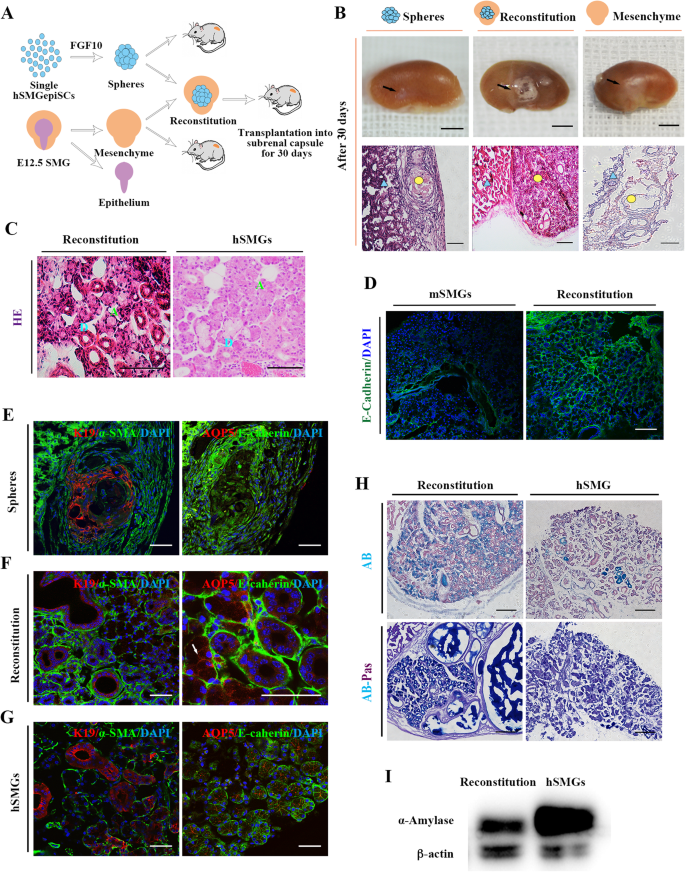

Nonsyndromic forms are grouped in autosomal dominant (DFNA), autosomal recessive (DFNB), X‐linked (DNFX) and mitrochondrial subtypes. In nonsyndromic SNHL, associations with obvious abnormalities of the external ear or symptoms other than hearing loss cannot be found, but the heterogeneity of loci and genes is high: over 130 loci have been mapped and over 60 different genes have been implicated presently (van Camp and Smith). Hereditary SNHL can be classified in syndromic (∼25%) and nonsyndromic (∼75%) forms (Morton and Nance, 2006).Įxamples of syndromic SNHL include Pendred's syndrome ( and Jervell and Lange‐Nielsen syndrome (, hearing loss and cardiac symptoms (Jervell and Lange‐Nielsen, 1957)). Of these, over two‐thirds can be attributed to genetic factors. SNHL is also the most common congenital disorder, with a prevalence of 1 in every 1000 newborns in the UK and the Netherlands (with a bilateral hearing loss ≥ 40 dB (NHSP, 2011 van der Ploeg et al., 2012)). A large part of this hearing loss is of sensorineural nature, making sensorineural hearing loss (SNHL) the most prevalent sensorineural disorder in humans. Develop Neurobiol 75: 1219–1240, 2015Īccording to recent estimates of the World Health Organization, more than 5% of the world's total population suffer from some form of disabling hearing loss (WHO, 2014).

Our study helps to better understand human cochlear development, provides more insight into multiple forms of hereditary SNHL, and suggests that human hearing does not commence before the third trimester of pregnancy. Finally, we investigated GJA1/CX43 and GJE1/CX23 expression, and suggest that GJE1 presents a potential new SNHL associated locus. At W18, KCNJ10 and gap junction proteins GJB2/CX26 and GJB6/CX30 were expressed in the cells in the outer sulcus, but not in the spiral ligament. These melanocytes tightly integrated with Na +/K +‐ATPase‐positive marginal cells, which started to express KCNQ1 in their apical membrane at W16.


At W12, MITF+/SOX10+/KIT+ neural‐crest‐derived melanocytes migrated into the cochlea and penetrated the basement membrane of the lateral wall epithelium, developing into the intermediate cells of the stria vascularis. We present an investigation on the development of the stria vascularis in the human fetal cochlea between 9 and 18 weeks of gestation (W9–W18) and show the cochlear expression dynamics of key potassium‐regulating proteins. Knowledge of the expression profile of affected genes in the human fetal cochlea is limited, and as many of the gene mutations causing SNHL likely affect the stria vascularis or cochlear potassium homeostasis (both essential to hearing), a better insight into the embryological development of this organ is needed to understand SNHL etiologies. The majority is of heritable origin and can be divided in syndromic and nonsyndromic forms. Sensorineural hearing loss (SNHL) is one of the most common congenital disorders in humans, afflicting one in every thousand newborns.


 0 kommentar(er)
0 kommentar(er)
